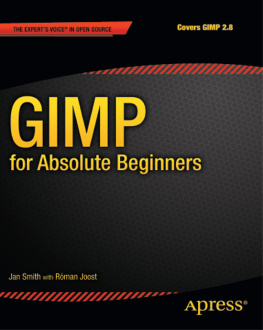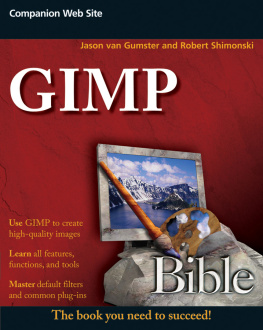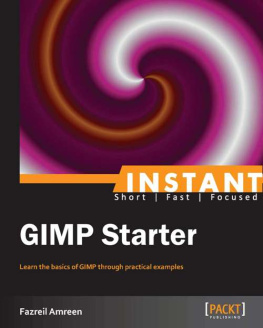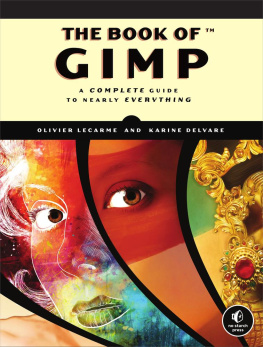Michael J. Hammel - The Artists Guide to GIMP: Creative Techniques for Photographers, Artists, and Designers (Covers GIMP 2.8)
Here you can read online Michael J. Hammel - The Artists Guide to GIMP: Creative Techniques for Photographers, Artists, and Designers (Covers GIMP 2.8) full text of the book (entire story) in english for free. Download pdf and epub, get meaning, cover and reviews about this ebook. year: 2012, publisher: No Starch Press, genre: Computer. Description of the work, (preface) as well as reviews are available. Best literature library LitArk.com created for fans of good reading and offers a wide selection of genres:
Romance novel
Science fiction
Adventure
Detective
Science
History
Home and family
Prose
Art
Politics
Computer
Non-fiction
Religion
Business
Children
Humor
Choose a favorite category and find really read worthwhile books. Enjoy immersion in the world of imagination, feel the emotions of the characters or learn something new for yourself, make an fascinating discovery.
- Book:The Artists Guide to GIMP: Creative Techniques for Photographers, Artists, and Designers (Covers GIMP 2.8)
- Author:
- Publisher:No Starch Press
- Genre:
- Year:2012
- Rating:3 / 5
- Favourites:Add to favourites
- Your mark:
The Artists Guide to GIMP: Creative Techniques for Photographers, Artists, and Designers (Covers GIMP 2.8): summary, description and annotation
We offer to read an annotation, description, summary or preface (depends on what the author of the book "The Artists Guide to GIMP: Creative Techniques for Photographers, Artists, and Designers (Covers GIMP 2.8)" wrote himself). If you haven't found the necessary information about the book — write in the comments, we will try to find it.
As a full-featured, free alternative to Adobe Photoshop, GIMP is one of the worlds most popular open source projects. The latest version of GIMP (2.8) brings long-awaited improvements and powerful new tools to make graphic design and photo manipulation even easierbut its still a notoriously challenging program to use.
The Artists Guide to GIMP teaches you how to use GIMP without a tedious list of menu paths and options. Instead, as you follow along with Michael J. Hammels step-by-step instructions, youll learn to produce professional-looking advertisements, apply impressive photographic effects, and design cool logos and text effects. These extensively illustrated tutorials are perfect for hands-on learning or as templates for your own artistic experiments.
After a crash course in GIMPs core tools like brushes, patterns, selections, layers, modes, and masks, youll learn:
- Photographic techniques to clean up blemishes and dust, create sepia-toned antique images, swap colors, produce motion blurs, alter depth of field, simulate a tilt-shift, and fix rips in an old photo
- Web design techniques to create navigation tabs, icons, fancy buttons, backgrounds, and borders
- Type effects to create depth, perspective shadows, metallic and distressed text, and neon and graffiti lettering
- Advertising effects to produce movie posters and package designs; simulate clouds, cracks, cloth, and underwater effects; and create specialized lighting
Whether youre new to GIMP or youve been playing with this powerful software for years, youll be inspired by the original art, creative photo manipulations, and numerous tips for designers.
Covers GIMP 2.8
Michael J. Hammel: author's other books
Who wrote The Artists Guide to GIMP: Creative Techniques for Photographers, Artists, and Designers (Covers GIMP 2.8)? Find out the surname, the name of the author of the book and a list of all author's works by series.

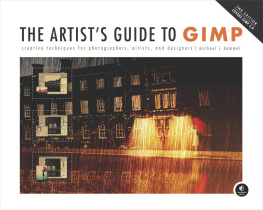
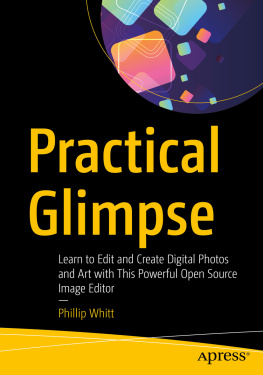

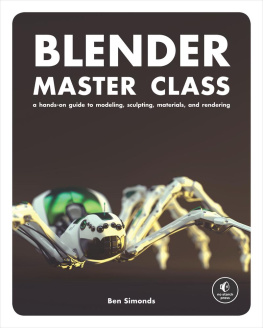
![Hammel - The artists guide to GIMP effects creative techniques for photographers, artists, and designers ; [covers GIMP 2.8]](/uploads/posts/book/138245/thumbs/hammel-the-artist-s-guide-to-gimp-effects.jpg)

